Top 7 GTM Engineering Tools
Find and compare the best GTM engineering tools and platforms for B2B teams.
If you’ve been anywhere near B2B marketing or revenue ops lately, you’ve probably heard the term GTM Engineering being thrown around a lot.
And if you’re anything like me, you’ve wondered,
“Is this just another fancy way of saying automation?”
Not quite.
The truth is, GTM engineering is quietly becoming the backbone of modern growth teams, the part that connects data, systems, and strategy into one seamless motion.
And while the role of a GTM engineer is still evolving, the tools behind them are already reshaping how revenue teams operate.
From intent data orchestration to workflow automation to AI-powered buyer mapping, GTM engineering tools are the new growth stack every RevOps and marketing leader needs to know about.
Let’s break it all down, what GTM engineering really means, why it matters, and which platforms are setting the standard.
TL;DR
- GTM engineering is the next evolution of growth. It connects your entire revenue stack, so data, signals, and actions flow seamlessly instead of living in silos.
- A strong GTM platform becomes the command center for your go-to-market motion: it identifies who’s showing intent, enriches that data, prioritizes the right accounts, and triggers timely, personalized outreach.
- Tools like Factors.ai, along with Clay, Apollo, Warmly, N8N, Jason AI, and Make, each solve a piece of that puzzle, from account identification and enrichment to orchestration and automation.
- Together, they turn intent into action: your teams respond faster, outreach becomes more relevant, and your revenue motion scales without adding more headcount.
- This guide breaks down how these platforms work, how to choose the right mix for your team, and how to design GTM workflows that are faster, smarter, and built to grow.
Read on for the full breakdown, tool comparisons, and practical frameworks you can start using today.
What is GTM Engineering (and why everyone’s talking about it)
At its simplest, GTM (Go-To-Market) engineering is the art (and science) of connecting your growth stack so your marketing, sales, and product data actually talk to each other.
It’s what happens when your Google Ads, LinkedIn, CRM, and product analytics stop behaving like separate universes and start functioning like a single ecosystem.
If marketing automation gave us ‘if this, then that,’
GTM engineering gives us:
“If this exact ICP account did this action on our site, send this message through Slack, sync this data to Salesforce, and adjust this campaign on LinkedIn.”
It’s smarter, faster, and infinitely more contextual.
A GTM engineer is the operator behind that curtain, the person who builds, automates, and optimizes those connections so nothing slips through the cracks.
They’re automating busywork while turning data into real revenue motion.
Why you need a GTM Engineering platform
Every growth team hits the same wall at some point.
You have great data AND great tools. But none of it feels connected.
You’ve basically built a tech stack that looks like a group chat where everyone’s talking, but no one’s listening.
- Your LinkedIn ads generate clicks, but sales never sees them.
- Your CRM is overflowing with contacts, but no one knows who’s actually ready to buy.
- Your intent signals look great in dashboards, but there’s no system to trigger real action.
That’s where a GTM engineering platform comes in.
Think of it as the central hub where every part of your GTM stack finally works together..
When done right, it gives your entire revenue team:
- Speed: instant alerts, faster follow-ups
- Visibility: unified funnel and journey analytics
- Precision: real intent data guiding campaigns
- Scalability: one logic powering every motion
Or in simpler terms:
A GTM engineering platform helps your tech stack operate with more intelligence and purpose.
Want to see how intent-driven platforms beat traditional lead generation? Read here: Intent Data Platforms vs Traditional Lead Generation
The tool everyone’s talking about: Factors
Let’s start with the one that’s quietly setting a new benchmark for GTM orchestration.
1. Factors.ai
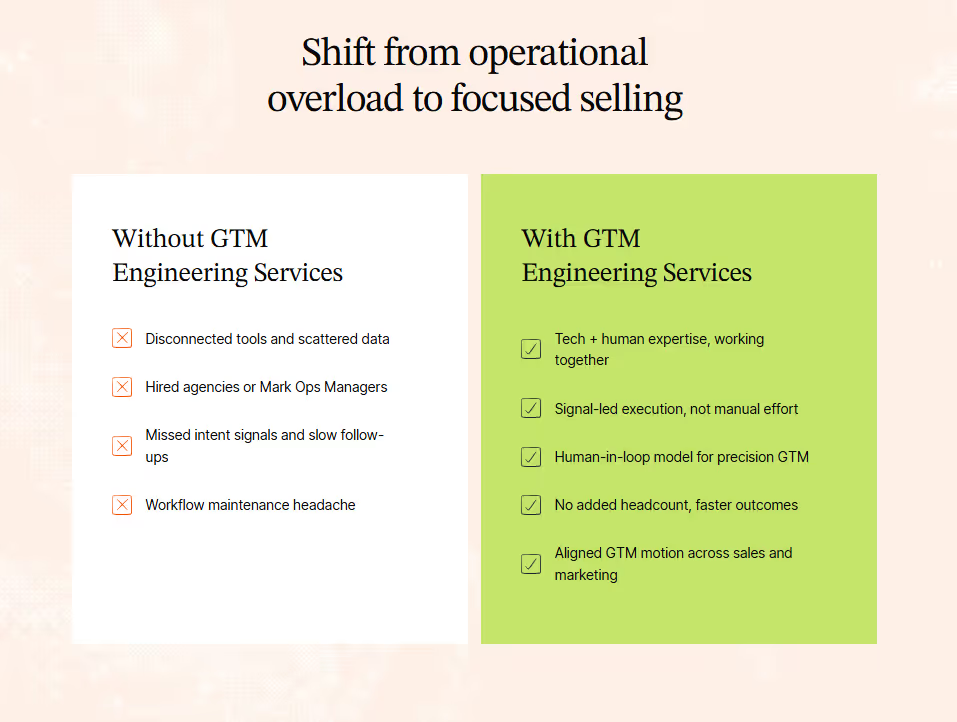
Most teams already have intent data. You’re tracking site visits, ad clicks, G2 activity, it’s all there. But knowing who’s showing intent is only step one. Acting on it fast, smart, and at scale, is where the dough really starts rolling in.
Here’s how it works
- Identify ICP Accounts Instantly
Factors identifies up to 75% of website visitors (vs. the usual 8–10%) using a waterfall enrichment model that pulls from multiple data vendors.
It combines first-party signals (website visits, CRM data, ad clicks) with external intent from G2, LinkedIn, and product usage, giving you a single source of truth on who’s ready to buy. - Pinpoint the Right Contacts
Using geo + role triangulation, Factors surfaces the actual decision-makers inside those companies, the ones most likely visiting your site.
You’ll know who to reach, why they’re relevant, and what they care about, without another round of guesswork. - Automate the Follow-Up (Without the Chaos)
This is where GTM engineering truly comes to life, when insights turn into action.
Factors doesn’t stop at sending alerts; it executes follow-up sequences across your GTM stack with precision.
- Sends real-time Slack or Teams alerts when high-intent accounts engage
- Auto-enriches contacts through Clay and Apollo.io, updating your CRM instantly
- Prioritizes accounts with tiering logic based on job changes, funding, and ICP fit
- Triggers context-based outreach via email, LinkedIn, or ads at the right time
- Keep Humans in the Loop
Every alert includes context that matters, the account journey, pages viewed, contacts to reach, and suggested openers.
No more playing 20 questions with alerts like: ‘someone from a ‘company of interest’ visited.’
Instead, you get detailed alerts like this:

That’s exactly what Factors.ai does.
It’s a GTM engineering platform that turns your intent signals into instant, contextual action across your funnel, from detection to outreach to follow-up (just like a private detective).
Meet Your GTM Engineering Agents: Factors’ AI Agents
Each “agent” inside Factors automates a piece of your go-to-market puzzle:
Agent
What It Does
Outcome
Website Visitor Identification Agent
Detects companies visiting your site and infers likely users
Real-time visibility into ICP engagement
Contact Relevance Agent
Surfaces the right people within buying committees
Context-rich contacts, ranked by relevance
Account Tiering Agent
Scores and classifies accounts using external signals (hiring, funding, job changes, etc.)
Smart prioritization
Advanced Enrichment (Clay/Bitscale)
Cleans and validates contact data before writing to CRM
Reliable, high-accuracy data
Account Map Agent
Identifies the buying committee and maps relationships
Multi-threaded outreach
Meeting Assist Agent
Tracks post-meeting engagement and next best actions
Contextual sales follow-up
Closed-Lost Account Alert
Detects when old deals resurface on your site
Re-engagement opportunities
Together, these agents run autonomously, enriching, prioritizing, and activating leads so your reps spend time where it actually counts.
Here’s why growth teams choose factors
- Contact-Level Precision: Go beyond account ID; find who’s behind the visit with person-level identification (up to 30%) using geo + role inference
- Custom Workflows: Built for your SDR motion, tech stack, and AI-curated messaging based on buyer stage, role, and company context
- Fully Managed Setup: Done-for-you GTM engineering; no ops bandwidth needed.
- Higher Coverage: Identify up to 75% of accounts vs. the 10% industry average.
- Tool-Agnostic Integration: Works with your existing CRM, ad stack, and orchestration tools (HubSpot, Salesforce, Clay, Smartlead, HeyReach, Trigify, etc.).
- Real-time account alerts in Slack or CRM
- Cross-platform audience syncs (LinkedIn + Google)
- Full-funnel journey analytics tying campaigns to revenue
Whether you want a done-for-you setup or a done-with-you model, Factors helps you bring structure to your GTM motion, so your sales process finally runs on intent, not instinct.
If you’re a demand-gen leader trying to align marketing and sales, this is the stack you wish existed five years ago.
💡Want to see how Apollo integrate with Factors.ai? Check out our guide: How to integrate Apollo with Factors
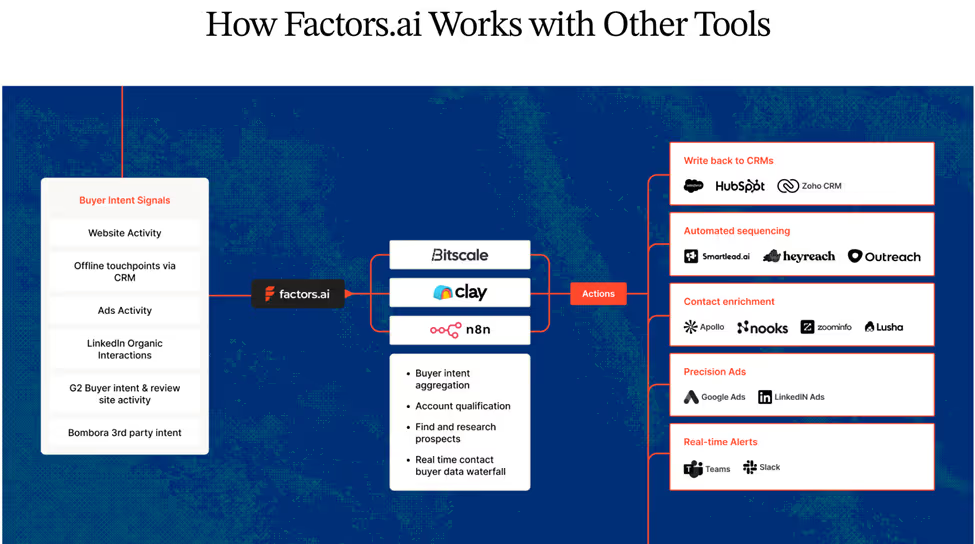
Other top GTM Engineering tools
Now let’s look at the broader GTM engineering ecosystem, the tools that GTM engineers, RevOps leaders, and growth teams are relying on to automate, orchestrate, and personalize their motions.
2. Clay
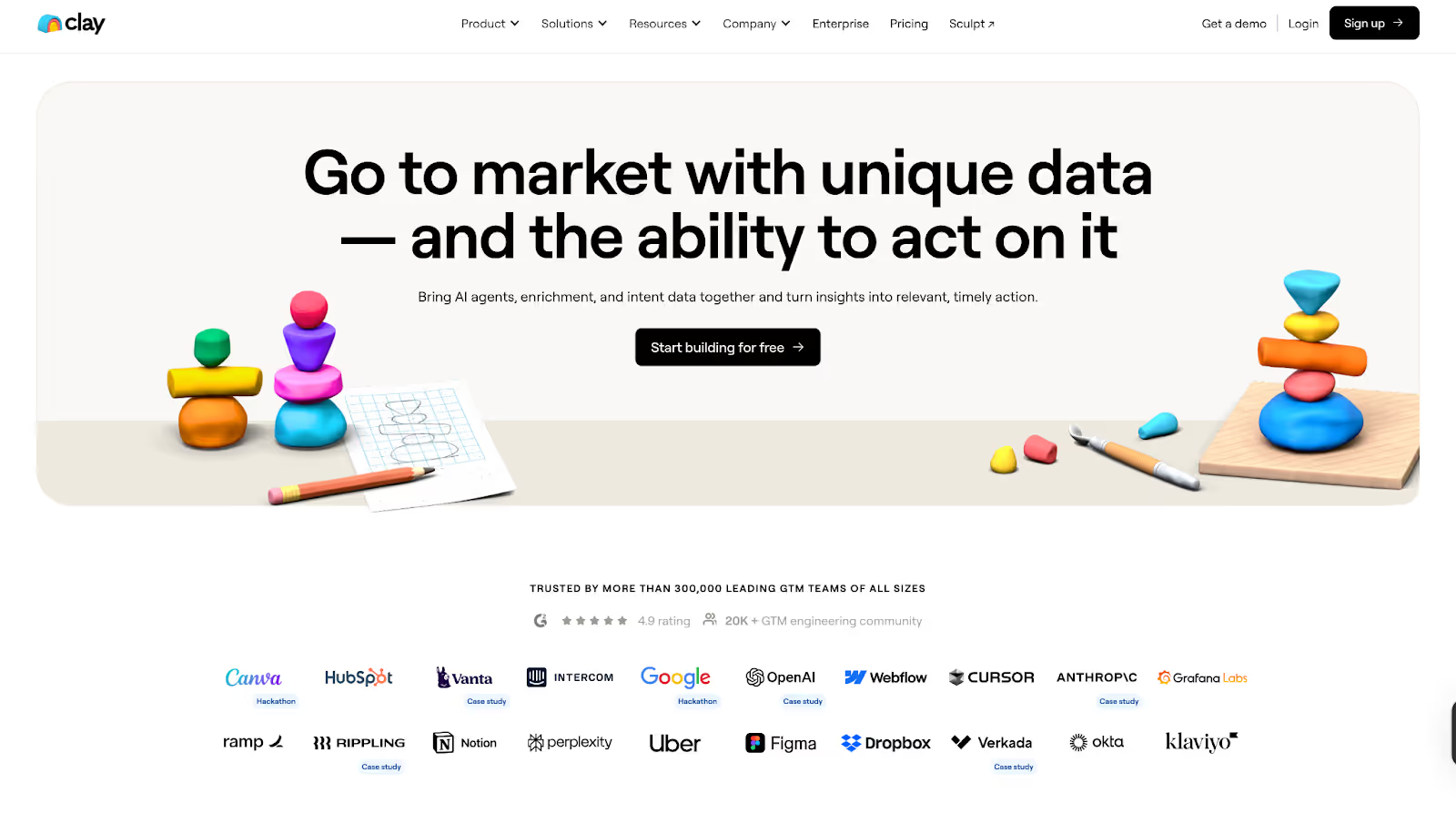
Clay is the platform that first put GTM engineering on the map.
It’s like having a data scientist, automation builder, and API whisperer all rolled into one sleek UI.
With Clay, you can build custom data enrichment workflows that pull, clean, and connect data from hundreds of sources, automatically.
Best for
Teams that need hyper-personalized prospecting or data-driven outbound workflows.
Why it’s powerful
- Enrich data from 150+ sources in real-time
- Visual workflow builder (no-code + API-level depth)
- Integrates with HubSpot and Apollo
- Ideal for “growth engineers” who live in Airtable and Notion but want more horsepower
If your GTM engine is powered by data enrichment and personalization, Clay is your control tower.
(Curious how Clay stacks up against other tools? Check out our post: Top 5 Clay Alternatives to Improve Sales Outbound)
3. N8N
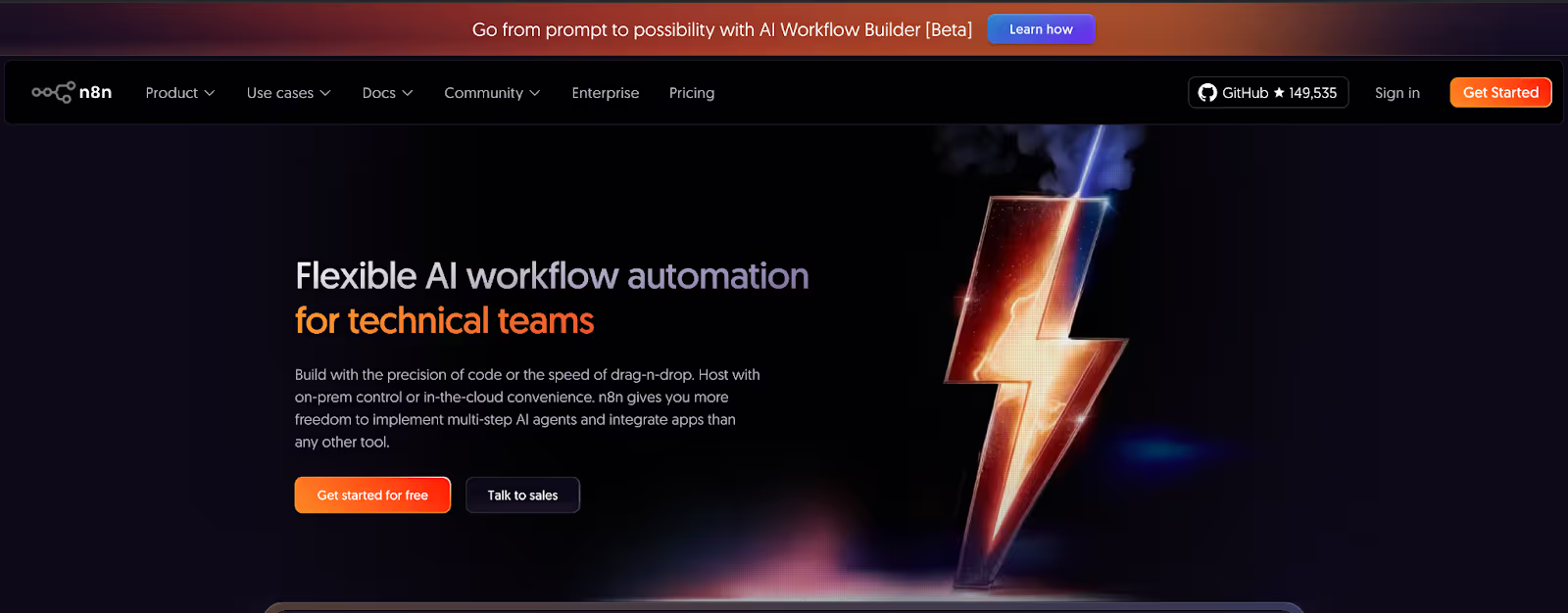
For technical GTM engineers who want absolute control, N8N is the open-source orchestration tool of choice.
It lets you design deeply complex, multi-step workflows that can connect virtually anything with an API, and customize every trigger, condition, and loop.
Best for
Technical GTM teams and RevOps engineers building custom automations at scale.
Why it’s great
- 400+ integrations (Salesforce, HubSpot, Slack, Google Ads, you name it)
- Self-hostable (ideal for teams that care about data privacy)
N8N is the kind of tool that rewards creativity. It’s not plug-and-play; it’s build-and-own.
4. Apollo.io

Apollo is the perfect blend of data + delivery.
It’s one of the few platforms that lets GTM teams access millions of verified contacts, run automated sequences, and analyze performance, all in one place.
Best for
Outbound sales, SDR, and RevOps teams looking for integrated engagement and enrichment.
Why it works
- Massive contact database with verified data
- Integrated email and LinkedIn sequencing
- Enrichment APIs for custom GTM workflows
- Strong fit with other GTM orchestration tools like Factors and Clay
For many GTM engineers, Apollo is the source of truth for people data, the starting point of every automated workflow.
5. Madkudu
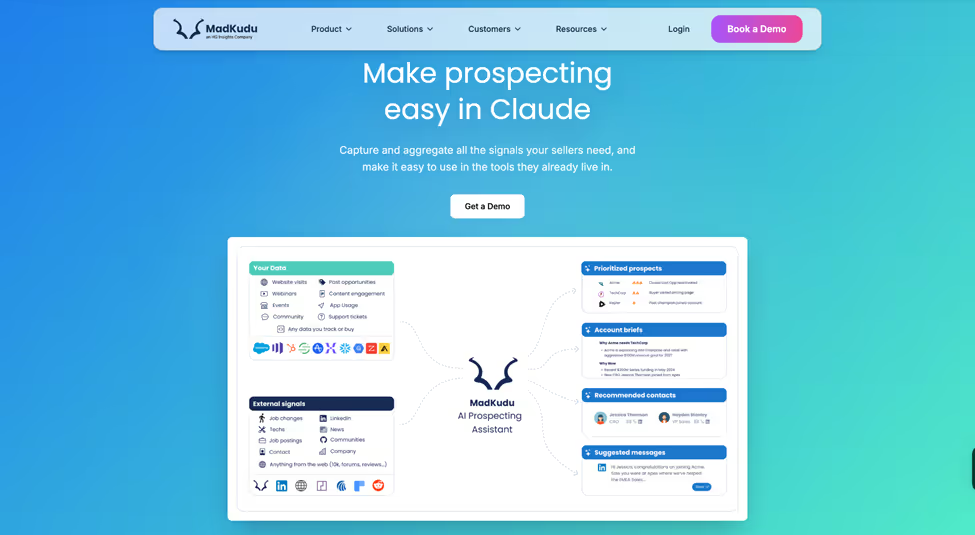
MadKudu helps GTM teams turn data signals into smarter prospecting. It combines firmographic, behavioural, intent and product-usage signals to surface which leads and accounts are most likely to convert. The platform integrates with tools like Salesforce, Gong, Outreach and others so sellers and RevOps can act on prioritised prospects and accounts within their existing workflows.
Best for
Sales, RevOps and GTM teams that want to focus on high-conversion prospects and accounts using AI-driven scoring.
Why it works
- Unifies fit (e.g., firmographics) and intent/usage (e.g., website visits, product activity) data into dynamic lead/account profiles.
- Uses AI to build predictive models based on your past conversion and revenue history, so sellers see which leads/accounts matter most.
- Surfaces that intelligence directly in CRM or sales engagement platforms, enabling faster, more meaningful outreach.
Things to keep in mind
- Works best when your underlying data is clean and well-structured.
- Setup (including modelling, testing and integration) can take time, especially for complex GTM motions.
- Pricing is enterprise-oriented, varying by seats, scoring models and usage.
6. Jason AI SDR (Reply.io)

Think of Jason as your AI-powered GTM assistant.
Built by Reply.io, this tool learns from your outreach patterns and automatically builds and optimizes your multi-channel cadences.
Best for
Teams running scaled personalization across email and LinkedIn.
Why it’s unique
- AI-generated sequences that adapt to buyer behavior
- Auto-optimization of timing, tone, and follow-up
- Integrates with CRMs and GTM orchestration tools for real-time triggers
- Saves SDRs hours of manual follow-up
The magic here is personalization at scale, something that’s been “impossible” until now.
7. Make (Integromat)
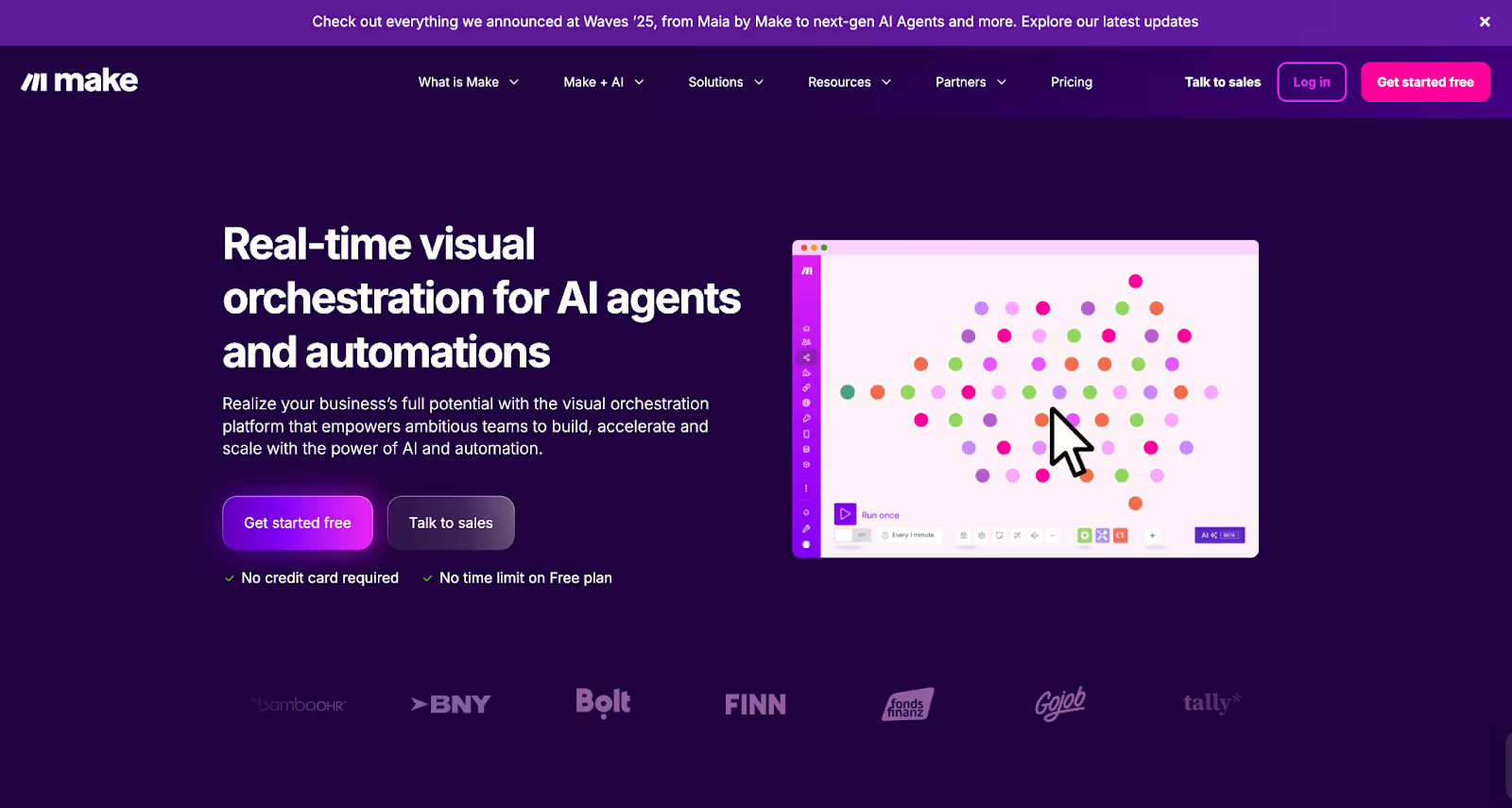
Make (previously Integromat) is a visual automation builder that gives non-technical GTM teams the power to connect and automate across platforms without a single line of code.
Best for
Startups and SMBs building flexible GTM stacks without engineering dependency.
Why it’s useful
- Intuitive drag-and-drop workflow builder
- Pre-built GTM templates (e.g., lead routing, lead scoring, lead enrichment)
- Integrates with almost all major CRMs, ad platforms, and analytics tools
- Great for teams that need speed over complexity
It’s the friendly, lightweight cousin to N8N, perfect for smaller teams who still want orchestration superpowers.
The magic comes when you turn intent signals into outreach automatically.
(Read more in: The Step-by-Step Guide to Turning Signals into Sales Conversations)
Compare Best GTM Engineering Tools For SaaS and RevOps teams
How to choose the right GTM Engineering tool
If you’re reading this thinking, “Okay, but where do I even start?”, here’s the simple answer:
- Start with your pain point.
- Struggling to unify data? → Go with Factors or Clay.
- Too many manual handoffs? → Try N8N or Make.
- Need to activate intent data fast? → Combine Warmly + Factors.
- Scaling outreach? → Add Apollo or Jason AI SDR.
- Then map your workflow.
Sketch out what you want to happen from the moment an account shows intent to when sales takes action.
Your GTM tool should fit that flow, not the other way around.
And finally, don’t aim for perfection on day one.
Start small, automate one motion, measure the impact, and scale from there.
Best practices for GTM Engineering implementation
Implementing GTM tools is about designing for flow.
Here’s what works in the real world that’s powered by two large espresso shots:
- Start with impact, not complexity. Automate high-ROI motions first (like inbound routing or deal alerts).
- Build transparency. Document every workflow and make sure sales and marketing teams understand it.
- Monitor constantly. Add error alerts, dashboards, and rollback logic.
- Don’t skip data hygiene. Even the smartest automation fails on messy inputs.
- Iterate monthly. Treat your GTM stack like a product, improve it every sprint.
Future trends in GTM Engineering Tools
Here’s what’s next for GTM engineering:
- AI-generated workflows - Describe your intent (‘Alert me when a CMO from ICP Tier 1 engages on LinkedIn’), and the system builds the logic automatically
- Self-healing automation - Workflows that fix themselves when an API fails or a field changes.
- Cross-channel attribution baked in - True end-to-end visibility across web, ads, and CRM.
- Natural language builders - Create entire GTM flows by chatting with your tool.
- Hybrid human + AI orchestration - The engineer becomes the strategist, the AI runs the ops.
The next wave is about the intelligent connection between tools that matter.
In a nutshell…
GTM engineering is how modern revenue teams will operate, blending data, intent, and automation into one fluid system.
And honestly? It’s about time.
Because the problem was never a lack of data, it was a lack of connection. The right GTM engineering tools bring speed, clarity, and cohesion to your entire go-to-market plan.
If you’re leading marketing, RevOps, or growth, this is your cue:
Stop fighting your stack, start orchestrating it.
FAQs on GTM Engineering Tools
Q1. What are GTM engineering tools?
A. They’re platforms that connect marketing, sales, and product systems through data, automation, and workflows, enabling faster, smarter revenue motions.
Q2. Do GTM engineering tools replace RevOps or sales ops?
A. No. They augment them. RevOps typically builds stable infrastructure; GTM engineers build the growth experiments, workflows, and iteration layer.
Q3. Are they different from RevOps tools?
A. Yes. RevOps organizes. GTM engineering builds and automates.
Q4. Do you need engineers for GTM engineering?
A. Not always. Tools like Factors are designed for non-technical ops and marketing users.
Q5. How long does it take to adopt a GTM engineering tool?
A. Small workflows can launch in days or weeks; full-stack rollout may take months, depending on complexity.
Q6. What’s the ideal GTM tool stack?
A. A mix of Factors (orchestration), Clay (enrichment), Warmly (intent), and Apollo.io (engagement), optionally supported by N8N or Make for custom automations.
Q7. What qualifies as a ‘GTM engineering tool’?
A. Any platform or software that enables you to design, orchestrate, trigger, branch, and monitor growth workflows that bridge marketing, sales, and product.
Q8. What’s a ballpark budget for these tools?
A. Depends on users, workflow volumes, data operations, ranges from low 5-figure USD annually to mid 6-figure for enterprise.
Q9. Can I build my own vs buy a commercial tool?
A. Building gives flexibility but demands maintenance and time. Buying gives support, updates, and often better UI/UX. The tradeoffs depend on your team’s capacity.
See how Factors can 2x your ROI
Boost your LinkedIn ROI in no time using data-driven insights
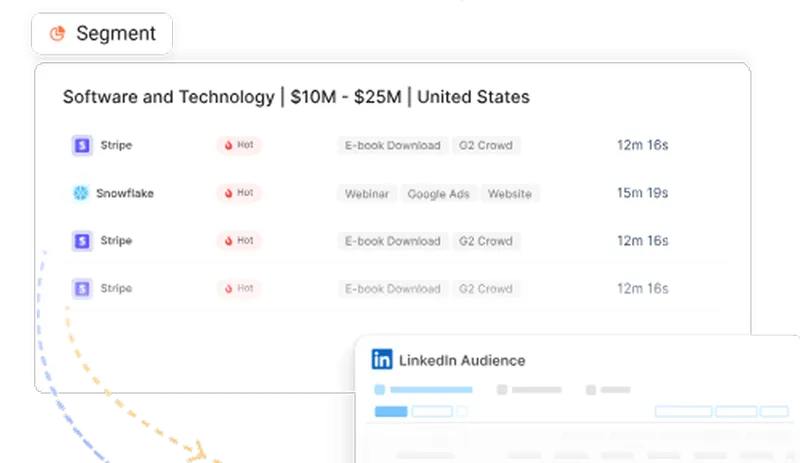
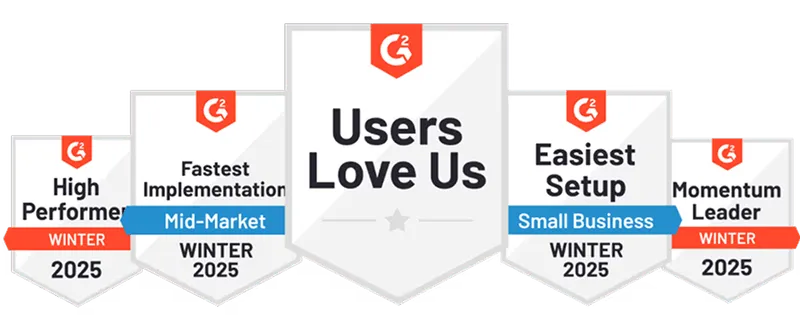
See Factors in action.
Schedule a personalized demo or sign up to get started for free
LinkedIn Marketing Partner
GDPR & SOC2 Type II
.svg)







_%20Which%20ABM%20platform%20should%20your%20team%20choose_.jpg)


